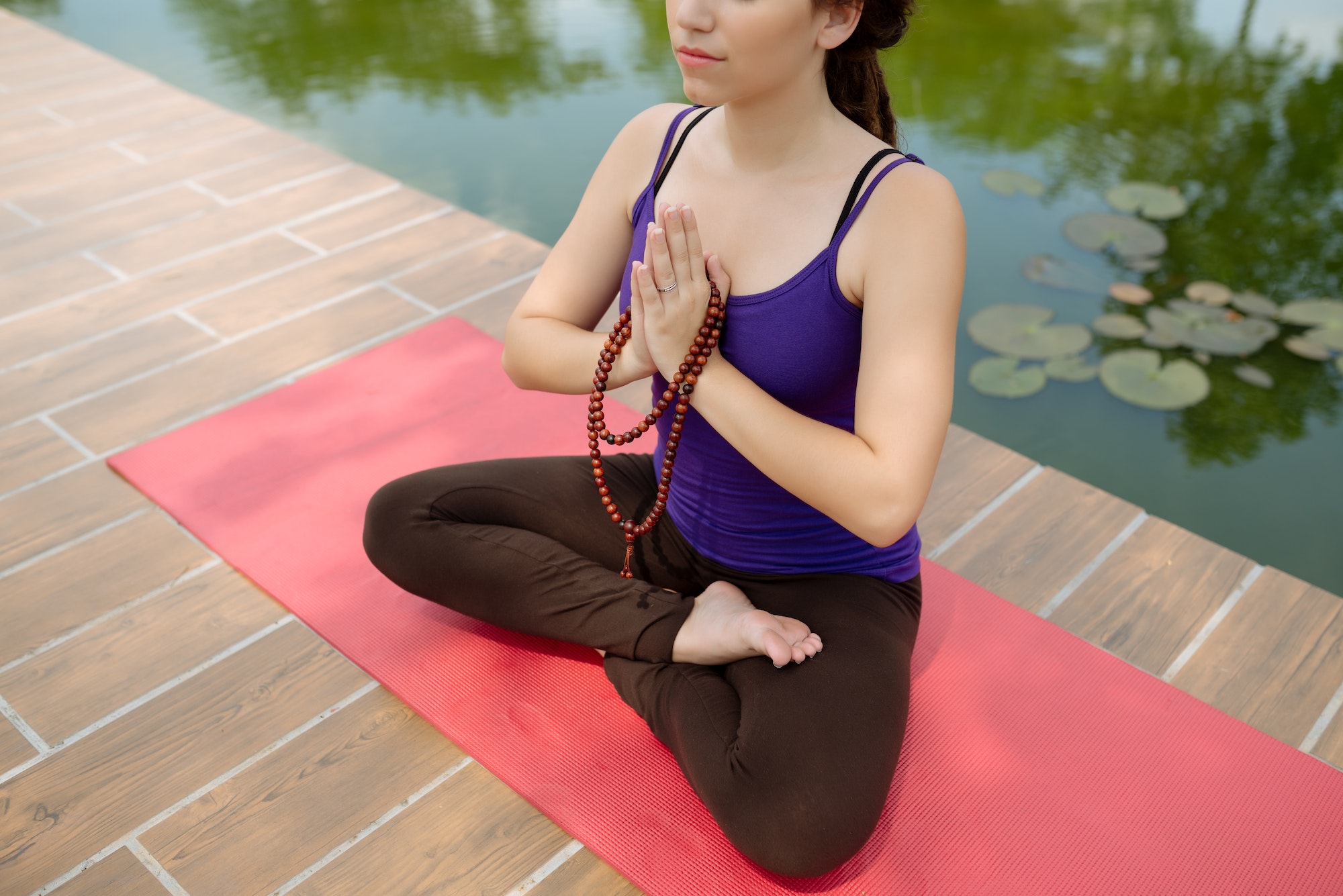Have you ever noticed that your mood and energy levels fluctuate throughout the day? The different times of day can have a significant impact on your overall well-being and productivity. By understanding how these variations occur, you can leverage this knowledge to plan your day effectively. In this article, we will explore how different times of day affect your mood differently and provide tips on how to optimize your daily routine for improved productivity and well-being.
Morning: Rise and Shine
The morning hours set the tone for the rest of your day. As you wake up, your body gradually adjusts to increased light exposure, signaling to your brain that it’s time to start a new day. Mornings are often associated with feelings of freshness, renewal, and increased focus. Take advantage of this time by engaging in activities that stimulate your mind and body, such as exercise, journaling, or planning your priorities for the day. Creating a morning routine that incorporates these activities can boost your mood and set a positive tone for the rest of your day.
Midday: The Afternoon Slump
As the day progresses, you may experience a dip in energy and motivation commonly referred to as the “afternoon slump.” This dip typically occurs after lunch and can leave you feeling sluggish and less productive. To combat this slump, it’s essential to be mindful of your energy levels and take appropriate breaks. Consider incorporating short walks, stretching exercises, or even a power nap to recharge and refresh your mind. Additionally, fueling your body with nutritious snacks and staying hydrated can help sustain your energy levels throughout the afternoon.
Evening: Winding Down
As the day transitions into evening, your body naturally starts preparing for rest and relaxation. The evening hours are a time for winding down and shifting your focus away from work-related tasks. Engage in activities that promote relaxation and help you transition into a restful state, such as reading, listening to calming music, or practicing mindfulness or meditation. It’s crucial to establish an evening routine that allows you to unwind and disconnect from the demands of the day, promoting a restful night’s sleep and setting the stage for a positive mood the following morning.
Night: Rest and Rejuvenate
During the night, your body enters a restorative phase where it repairs and rejuvenates. Quality sleep is crucial for maintaining overall well-being and influencing your mood the next day. Establish a consistent bedtime routine that promotes relaxation and signals to your body that it’s time for sleep. Limit exposure to electronic devices, create a comfortable sleep environment, and practice good sleep hygiene habits such as avoiding caffeine and maintaining a regular sleep schedule. By prioritizing restful nights, you set yourself up for a refreshed and positive mood the next morning.
Tips for Optimizing Your Day
- Observe Your Energy Levels: Pay attention to when your energy is naturally high or low throughout the day. Schedule your most challenging or important tasks during your peak energy periods to maximize productivity.
- Take Breaks: Incorporate short breaks throughout the day to prevent mental fatigue. Use these breaks to recharge and engage in activities that bring you joy or relaxation.
- Plan Mindful Transitions: Establish deliberate transitions between different parts of your day. Create rituals that signal the end of one task and the beginning of another, allowing you to shift your focus and mindset.
- Prioritize Self-Care: Integrate self-care activities into your daily routine. This could include exercise, meditation, hobbies, or spending time with loved ones. Taking care of yourself enhances your mood and overall well-being.
- Reflect and Adjust: Regularly reflect on how different activities and routines impact your mood and productivity. Adjust your schedule and habits as needed to align with what works best for you.








